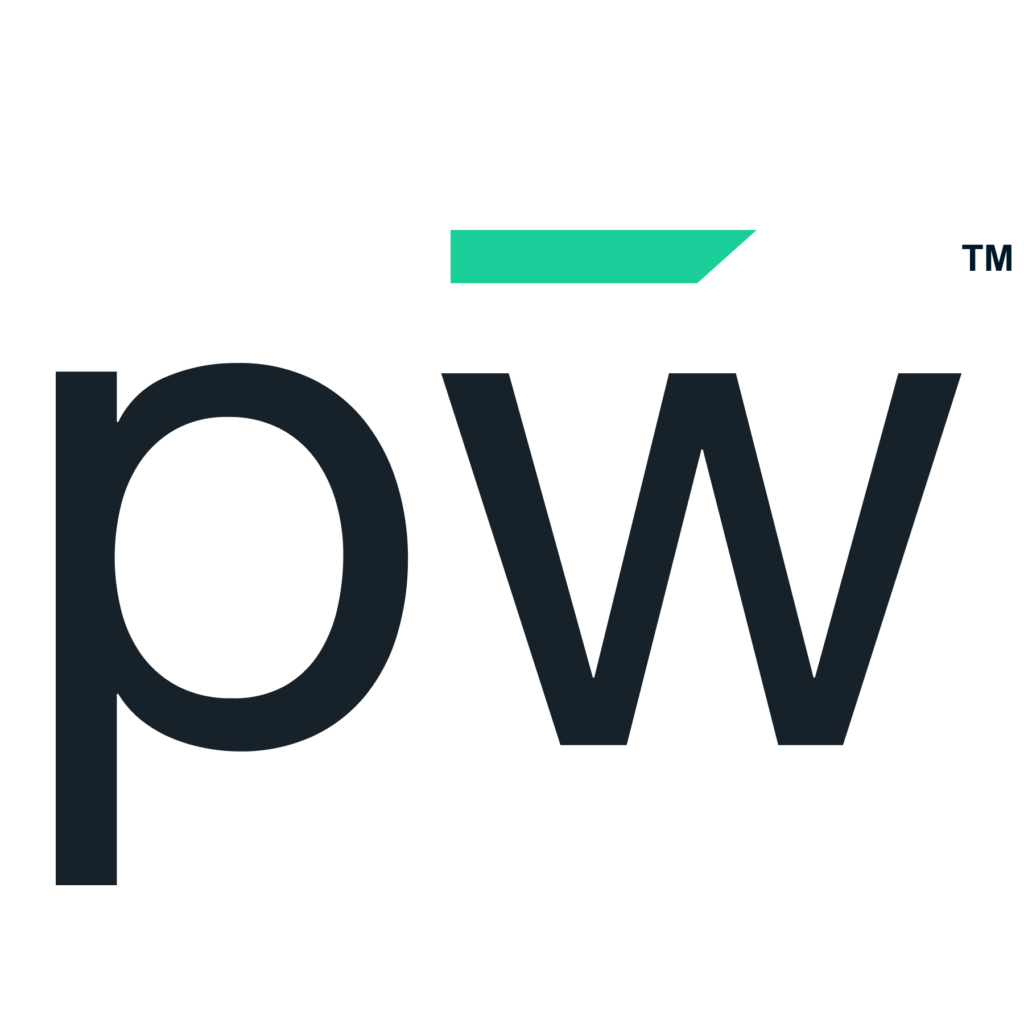One of the main things you’re trying to help students with is knowing how to pick a career. They have so many choices that it can be overwhelming. While students don’t have to know exactly what path to take at a young age, they will feel less pressure and anxiety if they can start creating goals for their future based on their passions, skills, personality and attitudes.
In this post, we’ll review some practical strategies for career services professionals to use when helping students pick a career.
A student’s future job has a lot to do with who they are and what they’re good at.
When beginning to help your students with career planning, the No. 1 thing you want them to do is to set goals based on what they want rather than what others expect of them. As you assist them on this journey, you can implement several strategies to propel them forward based on who they are and what they’re good at.
Interest-, Value- and Trait-Based Questions
In these exercises, students answer a series of questions relating to their interests, values and traits. Interest queries focus on what they enjoy and how they like to spend their time, which would correlate to choosing a career.
Value-based questions center around their priorities, what they find meaningful and how they see the world. The answers become a framework of how they can look at work as aligning with their beliefs.
Queries about traits include how they define success, what their most valuable skills are and what they deem as their strengths. These add more context to picking a career.
Self-Assessments
Having students perform a self-assessment involves many of the areas referenced above. They can be wide-ranging and typically touch on values, soft and technical skills, aptitudes and interests. These can be eye-openers for students as they learn more about themselves.
Skill Evaluations To Determine What Abilities They Already Possess
Sometimes, students don’t realize they already have many attractive skills. Providing them with the ability to assess these skills delivers more insights about how their skills align with jobs.
Discussions About What They Are Passionate About and How They May Align With a Field of Work
Having frequent and casual conversations about their passions can spark “aha!” moments for students. If they’re aware of their skills and what they’re good at, they just need to connect that to a job. You can help them make these connections.
These initial exercises provide your students with insights. The next part is researching and exploring careers.
Support students in how to pick a career with research and exploration.
If students can get a taste of a potential job, it can help them determine if they want to move forward with that career. Providing them with opportunities to do this gives them more context and real-world views of what the job is.
Strategies to use for this include recommending they:
- Research sectors and industries.
- Attend virtual career events.
- Explore with virtual reality (VR).
- Connect with mentors in those fields so they can ask questions and learn about jobs from those who do them.
After assessments and research, it’s time to set goals and priorities.
Identify goals and priorities with these strategies.
Once students have a general idea of the direction they want to take, they’ll want to develop goals and priorities. Here are some strategies you can use to guide them:
- Define what education or training they’ll need to be qualified for a job. It could be a four-year college, technical/trade school, certification or other learning program.
- Research the salary ranges for their goal careers and if those align with their expectations. They should look at today’s wages and projections, including anticipated job growth.
- Determine what other must-haves they need in a job. Much of this will revolve around soft skills employers prioritize, such as communication, critical thinking, creativity and collaboration.
- Identify the type of work-life balance they want as they enter the workforce. Some jobs allow for this more than others, so it should be a consideration.
There are many components to choosing a career for your students, which can strain your resources, but by using technology designed to facilitate this, you’ll be in a great position to do this at scale.
What tools do you need to assist students with how to pick a career?
You’ll need practical and useful tools to carry out many of the strategies discussed above. The most critical piece of this is career services technology that enables and supports career exploration. The pepelwerk solution has these capabilities and more.
Watch the video below on the best tools to help a young adult choose a career.
Career services management software delivers all you need to help students pick a career.
Our career services management software is a central platform for you and your students. It leverages artificial intelligence (AI) job matching that connects candidates with employers based on profiles, not resumes. It’s people-centered and outcome-focused.
In addition, it provides career exploration tools, including:
- AI and career assessments
- Work and adult life readiness content
- Matching for internships and apprenticeships
- VR job exploration
This powerful technology is the future of career services, enabling you to take a data-driven approach to helping students define what they want and pick a job. Get started today by creating an account.










